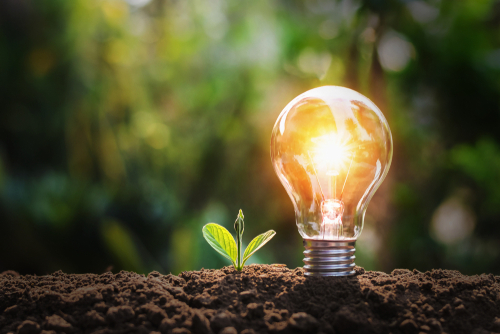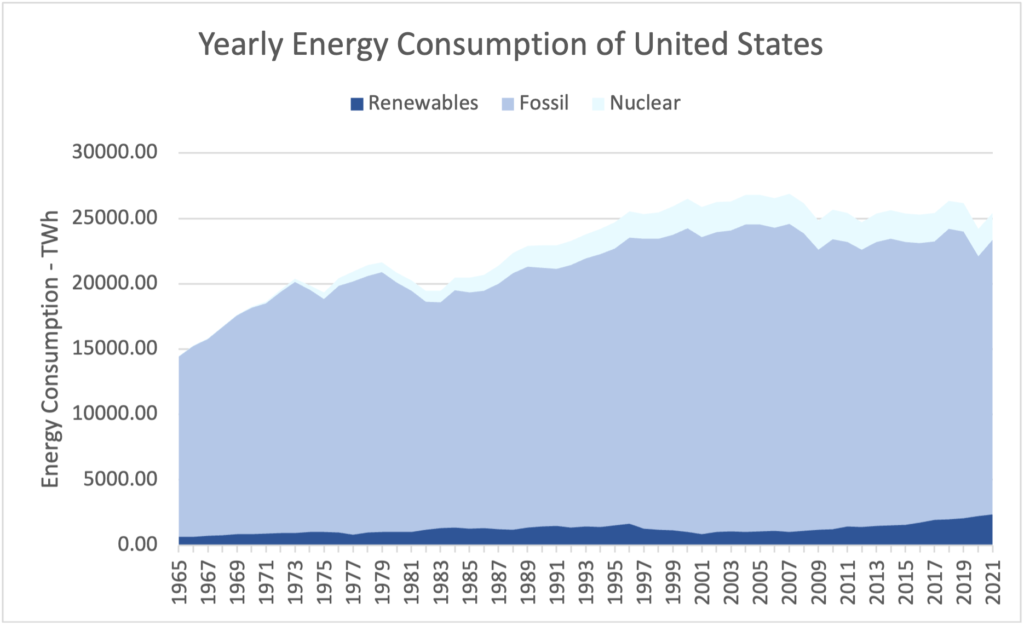A new whitepaper from Danfoss, the Danish family-controlled engineering group, highlights the dramatic increase in global demand for energy and argues that, without urgent action to curb energy demand, the build-out of renewables will be insufficient to meet the needs of a growing population.

As world leaders meet in Egypt for the COP27, Danfoss says it wants to offer practical policy recommendations for urgent action that political, corporate and community leaders must consider before, during and after COP27.
Statistics show that the current build-out of renewables won’t be even near sufficient if we don’t at the same time curb our demand for energy.
According to the President & CEO of Danfoss, Kim Fausing, this whitepaper underlines the urgent need for climate leaders to include energy efficiency measures and electrification in their COP27 plans.
Kim Fausing says: “The world, particularly Europe, is following a one-sided approach to the energy crisis, focusing solely on the supply of energy, not enough on demand. For every dollar spent on energy efficiency, we can avoid spending more than 2 dollars on energy supply. The technology is available, and energy efficiency solutions can be used today across all sectors. If we don’t act now to address the growing demand for energy it will be extremely difficult and more expensive to meet the Paris Agreement goal of staying below 1.5 degrees warming.”
Need for urgent focus on demand side
The whitepaper, titled ‘The neglected demand side of the green equation,’ delves into the details of how energy efficiency is an enabler of electrification. To reach net zero, experts agree that we must substitute fossil energy with renewable sources and electrify everything across all sectors.
However, to grow the role of electricity in the energy mix it is a fundamental, yet overlooked, fact that we need to reduce energy demand first.
Still the world’s buildings, infrastructure, transport networks and vehicles continue to operate with great inefficiencies, wasting energy and heat on a grand scale. This new whitepaper tackles this problem head on by providing clear and practical policy recommendations for fixing the currently unbalanced equation, and by highlighting the key data and figures that should inform collective decision making on these issues. For example:
- Energy efficiency solutions, if deployed on a global scale, can take the world one third of the way towards Net Zero (according to IEA).
- For every dollar spent on energy efficiency, we can avoid spending more than 2 dollars on energy supply.
- In the IEA’s net zero scenario, by 2030 the global population will grow by 750 million people and the economy will be 40% larger than today, but final energy demand will need to be 5% lower.
- Cooling is a global blind spot in climate change mitigation. As economies grow and adapt to a warmer climate, growing demand for cooling has the potential to drive one of the most substantial increases in greenhouse gas emissions we have ever seen.
- Policymakers must urgently deploy solutions to reduce energy waste and electrify transport, industries, and buildings.
- For households alone, enhanced efficiency and related avoided energy demand could help contribute to reducing global household energy bills by at least USD 650 billion a year by 2030 in the net zero scenario.
- Adding to this, higher investments to achieve these energy savings can support an extra 10 million jobs by 2030 in efficiency-related fields such as new construction and building retrofits, manufacturing and transport infrastructure.

Kim Fausing says: “In short, if we don’t curb our demand for energy, the build-out of renewables will not be even near sufficient. We simply will not have enough green energy to meet the demands of a growing population.”
Kim Fausing adds: “Despite recent encouraging measures being taken in the EU, the current investment levels in energy efficiency are far from enough to meet our global climate goals. Governments have made headlines with mid-century targets but to a large extent failed to implement the immediate solutions we have at hand. As U.S. President Biden said at COP26 in Glasgow last year, the eye of history is watching. It’s time to step up, act and enshrine minimum energy efficiency requirements into law. The greenest energy is the energy you don’t use, but in the current energy crisis, it’s also by far the cheapest, and it’s imperative if we want to meet the Paris Agreement goal.“
‘The neglected demand side of the green equation’ is available for download here.
